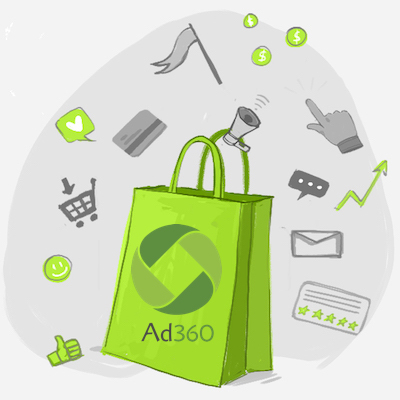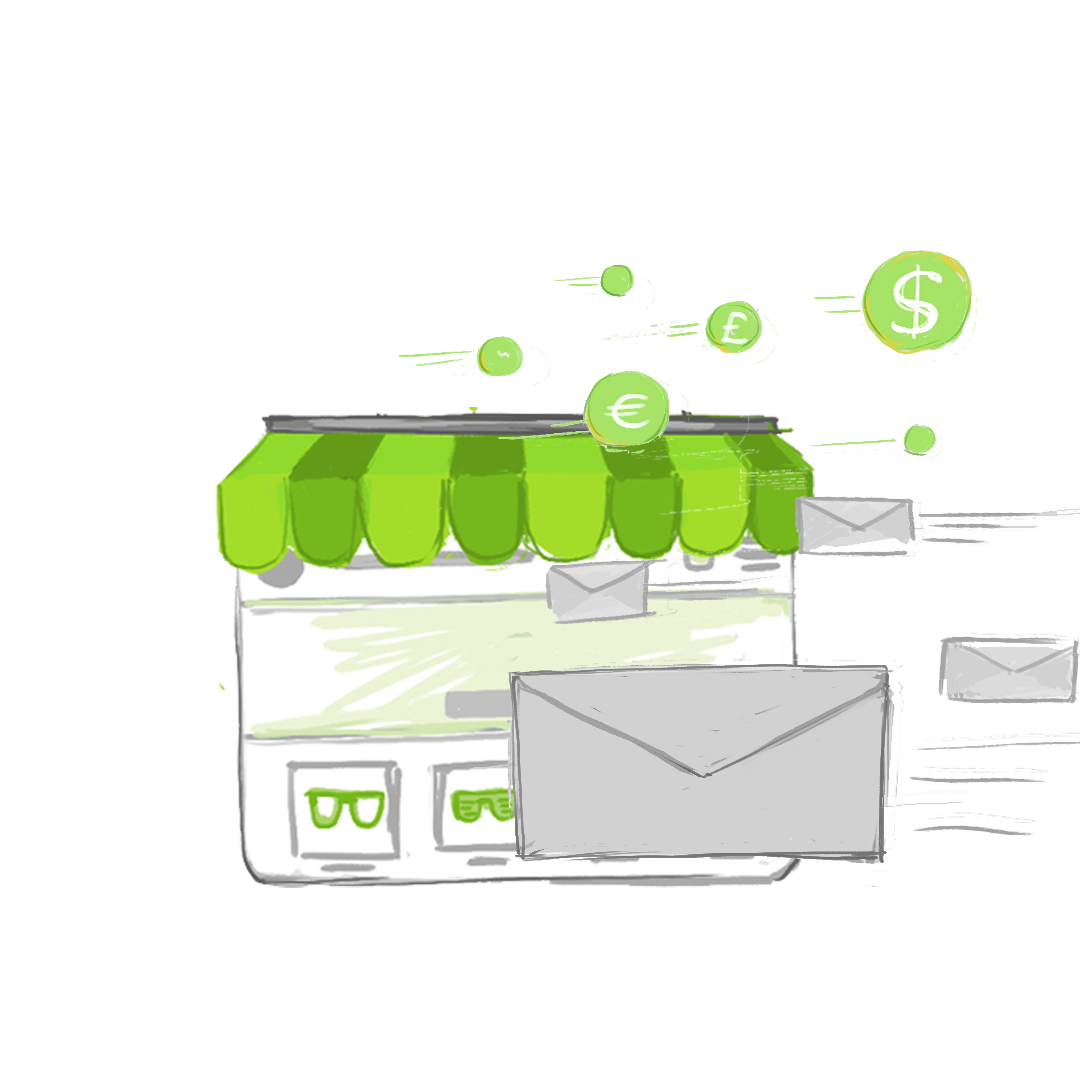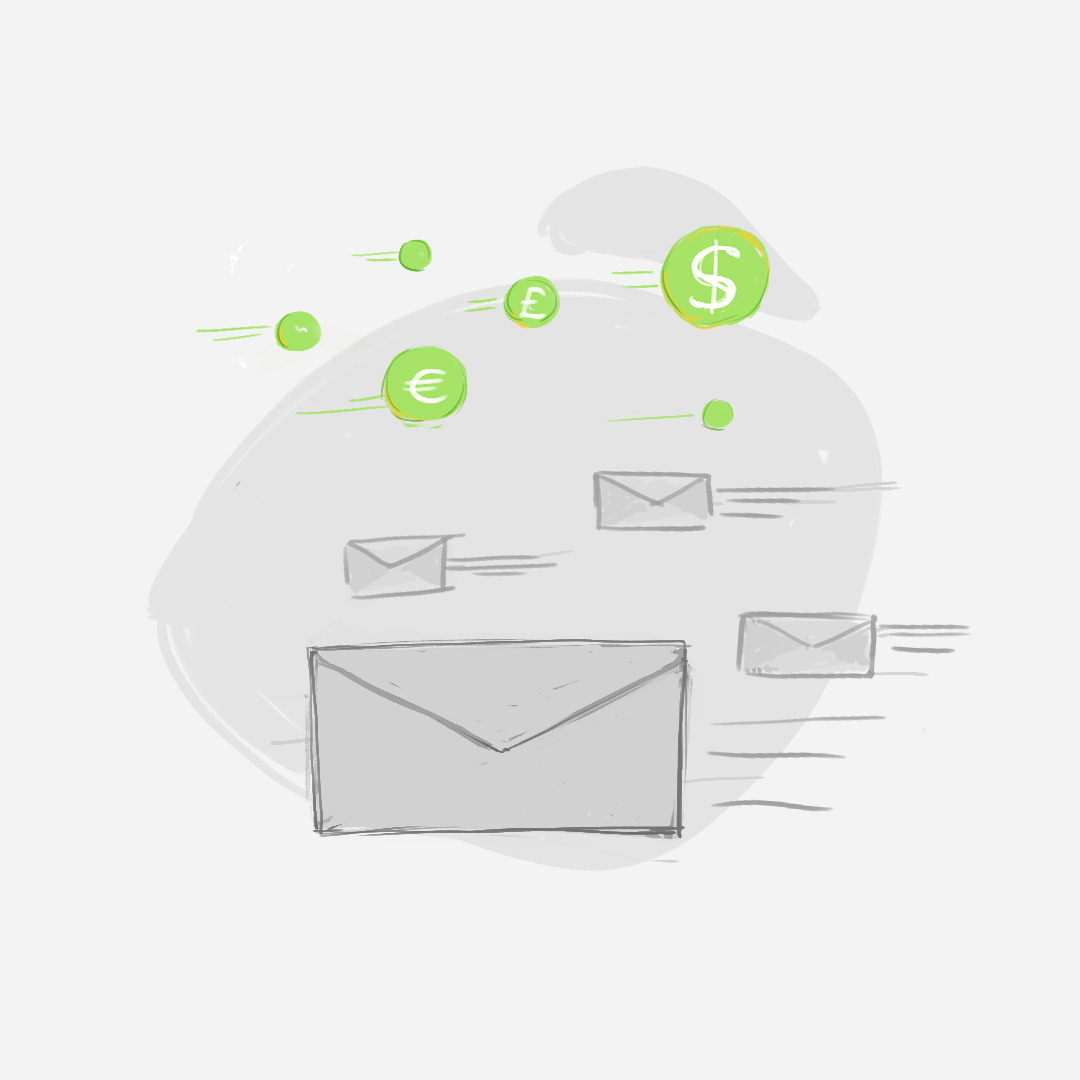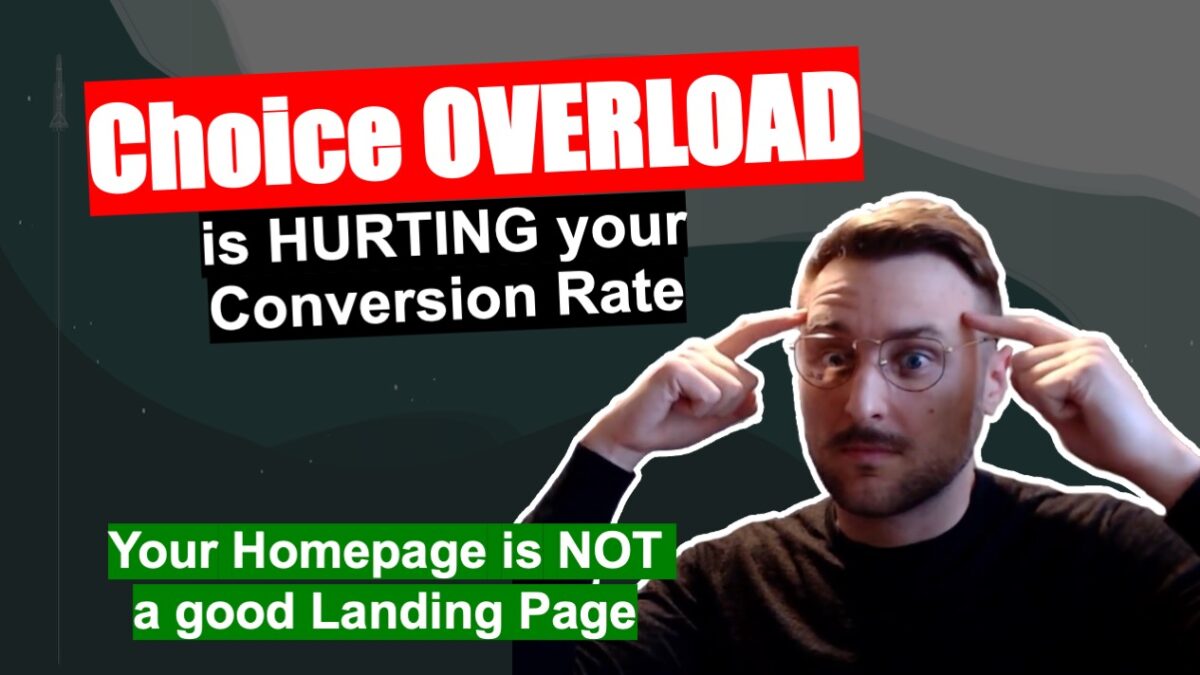5 Reasons Why
1) Quick Ads: One Click to Increase Sales on Shopify
Leading off with the crown jewel of Ad360, Quick Ads distills your online ad campaign settings to only “2 inputs” – budget and location. That’s it. Set those, and your next ad campaign is off and running!
The Quick Ads software, several years in the making, automatically organizes your promotions across not only social media, search engines, and mobile apps – but the entire web itself. Establishing ad campaigns on popular social media platforms and search engines can be exhaustive, as well as a major time drain to managers running day-to-day operations. We simplify the task of starting a new, effective online ad campaign down to one click.
Compare that to the multi-faceted “Ad dashboards” you see on popular social media sites or search engines – they make your eyes water with complexity. Quick Ads uses powerful software, developed over several years, to analyze and automatically set the options that best serve your ad campaign’s needs.
Ad360 considers Quick Ads its crowning achievement and the culmination of years of development. So, please reach out if you have any questions on how Quick Ads integrates to help increase sales on Shopify! We’ll be eager to show you through our free demo. It’s the core reason why Ap360 is now the best Shopify app to increase sales in 2022.
2. Live 24/7 Support to Help Strategize How to Increase Sales on Shopify
Unlike companies that automate their feedback to you, Ad360 has live 24/7 support. We are 100% dedicated to getting to know our clients and their business on a more personal level. Ad360 offers private consultations, where we evaluate the current state of your e-commerce site, creating reports with actionable tips on how to increase your sales on Shopify. All advice is geared toward improving the e-commerce shopping experience for your customers, so they grow to love your brand and products 😊
You get a chance to work with data science and online marketing experts to better grasp the difference between online ad platforms. As an example, Google Display ads do not work the same way as Facebook ads, and Tik Toks ads are different still! Leveraging these different platforms, and figuring out how to increase sales on Shopify, can be a lonely task for independent business owners.
You now have a place to ask questions about the nuances of e-commerce advertising and get informed answers from some of the most dedicated professionals in the e-commerce industry. We’ll help analyze where your customers are in the Shopify sales funnel, ensuring your customer outreach efforts are not redundant or ineffective
Our dedication to 24/7 live support is part of what makes Ad360 the best Shopify app to increase sales.
3. A Centralized Shopify Sales Dashboard for ALL Ad Campaigns
While other marketing apps for Shopify apps may help with specific functions – such as email campaigns, SEO, or ad banner generation – none are as comprehensive and streamlined as Ad360’s “total web” central ad dashboard.
Having one place to run and manage ads across all social media platforms, search engines, mobile apps, and the worldwide web itself is an innovation unique to Ad360. The simple, cozy, intuitive interface will empower you to view and manage all online ads, giving you a “bird’s eye view” of your promotional efforts. The ease and efficiency of Ad360’s central dashboard will free up time, energy, and resources to explore further how to increase sales on Shopify
The feature even gives access to automatically generated data visualizations and graphs that illustrate sales trends most impacting your business. As a certified Google partner, it is a great complement to the newly-release Google 4 analytics
4. Instantly Generated Ad Banners
Some e-commerce business owners are excellent managers and have incredible products – but their budget doesn’t allow for a freelance or full-time graphic designer. So, their “limiting reactant” in the “how to increase sales on Shopify,” equation, so to speak, is the ad visuals themselves! The writing copy may not use the right persuasive techniques, or the picture may not look as sleek and professional as the hundreds of ads users see scrolling and browsing online.
Ad360 solves the ad banner issue by extracting your Shopify store data and instantly generating over a dozen options for a single ad banner. We pull the product picture, price, and any more relevant info directly from the site for you to review and give any final touches before the ad’s release. Our automatic ad banner generation relieves your burden of constantly creating new ads to catch your audience’s attention. Designs, shapes, colors, and the message itself are all customizable – we just provide a bevy of options personally tailored to your Shopify store 😊 That way, you can add a personal touch that speaks directly to your niche audience, a key element to help increase sales on Shopify
5. We Implement the Holy Grail of Sales Conversion Rates: Hyperlocal Ad Retargeting
The number one technique to increase sales on Shopify is ad retargeting – yet we are amazed at the number of e-commerce sites that do not take advantage of it! Remember that 97-98% of online visitors, on average, leave without buying. That means out of 100 potential customers, you would only have information on 2-3 of them! No bueno.
Ad360 will deploy hyperlocal ad retargeting to every layer of your online advertising efforts – why? It enables you to “tag” the customer information of the 97-98% who leave your site and follow up with them for future promotional deals! Most customers prefer to see multiple ads before they “know” your brand and buy anyway. Ad360 does so while following the most stringent customer privacy regulations, while still providing a turnkey solution for how to increase sales on Shopify. Bringing ad retargeting to every level of your online business is a focus of Ad360, and we know it gives your e-commerce store the best chance for sales success.
Conclusion: Let Us Prove Ad360 is the Best Shopify App to Increase Sales
Skeptical? We understand 😊 That is why Ad360 offers a free demo to test the services listed above. When it comes to the question, “How do I increase my sales on Shopify,” we believe we have the best solution on the market today. Contact us now to learn more!









